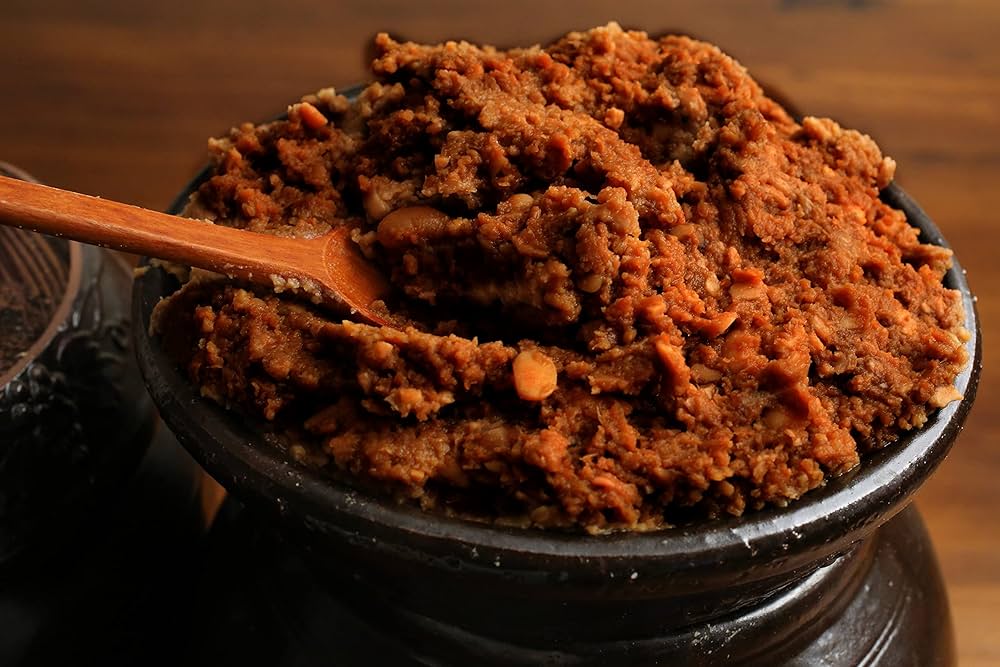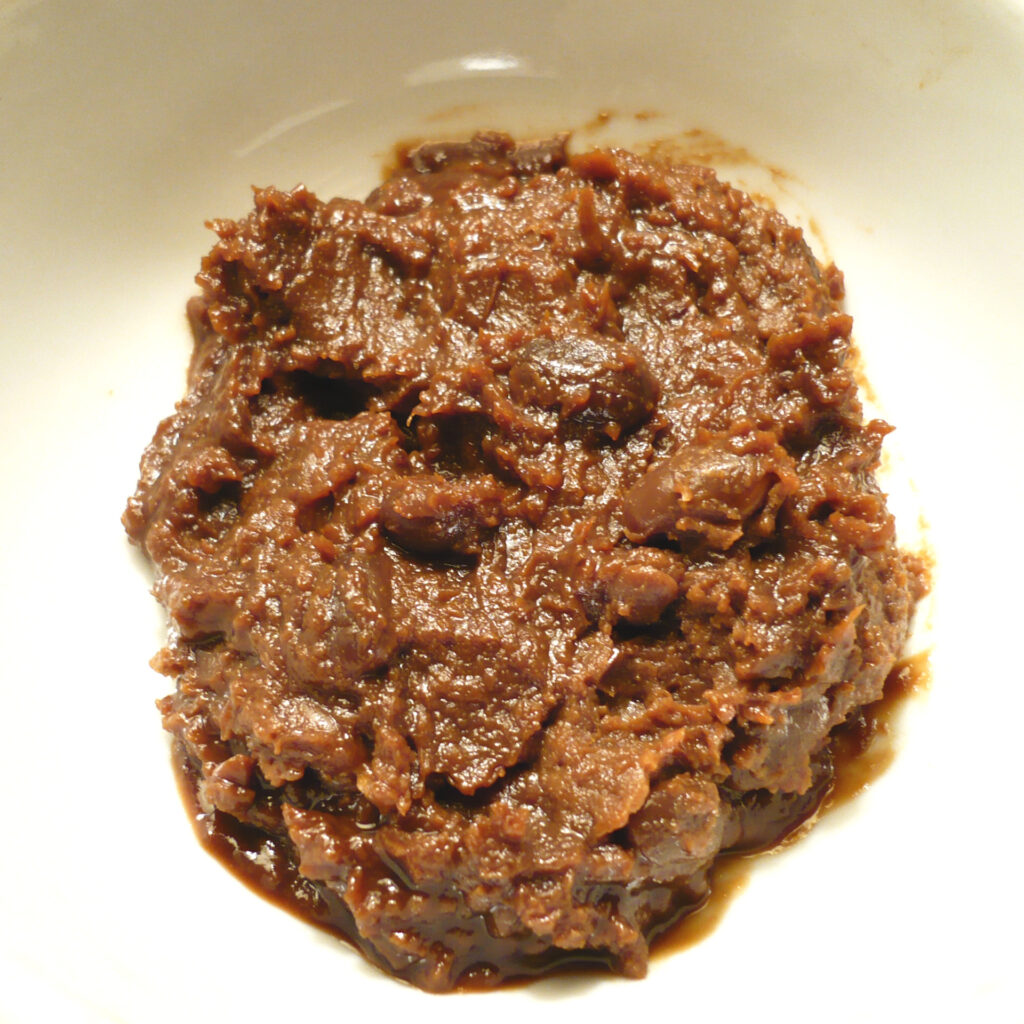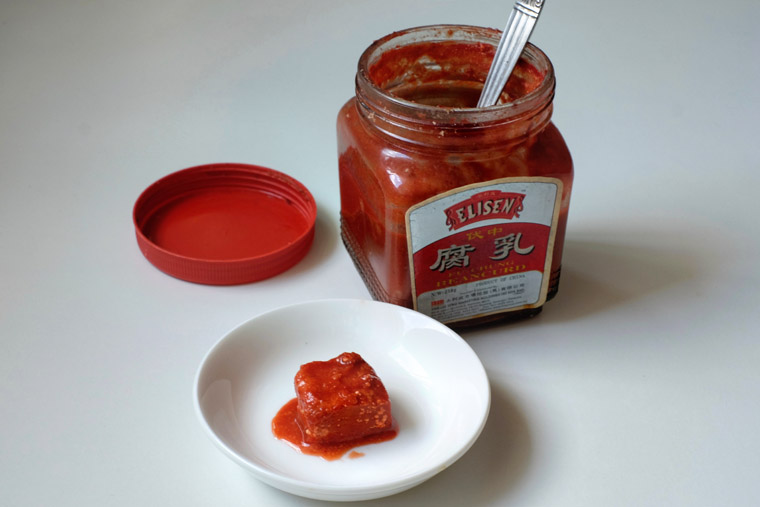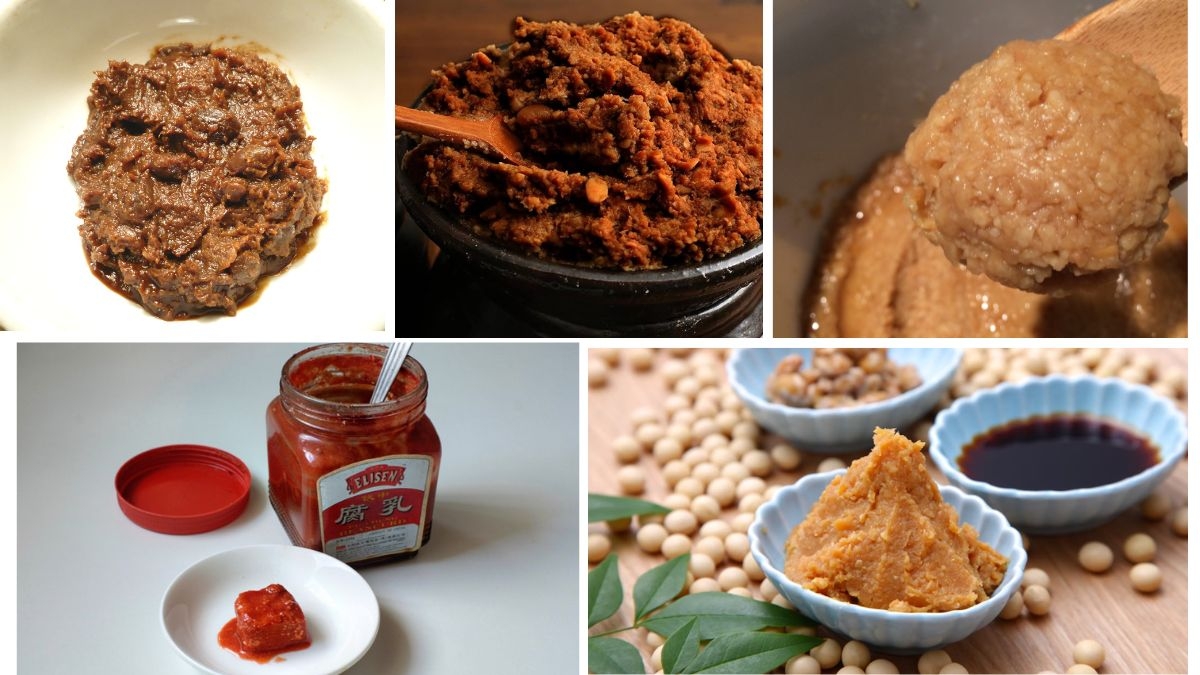Fermented bean paste has been an essential culinary staple in various Asian cultures for centuries. Known by different names such as Doenjang in Korea, Miso in Japan, Doubanjiang in China, and Tương in Vietnam, this nutrient-rich condiment is made by fermenting soybeans with salt and sometimes grains. Beyond its flavor-enhancing qualities, fermented bean paste carries deep cultural and nutritional significance.
Among the global producers, China stands as the largest fermented bean paste producer in the world, both in terms of production volume and variety. In this article, we will explore the reasons behind China’s dominance, the scale of production, regional variants, economic impact, and its competition with other countries like Japan and Korea.
Historical and Cultural Background

Fermentation as a preservation technique has deep historical roots in East Asia. Archaeological evidence suggests the use of fermented soy-based products in China as early as the Han Dynasty (206 BCE–220 CE). Over centuries, these methods evolved into various forms of bean pastes that are integral to the Chinese culinary tradition.
- Doubanjiang (豆瓣酱): Spicy fermented broad bean paste from Sichuan province.
- Huangjiang (黄酱): A mild yellow soybean paste popular in northern China.
- Tianmianjiang (甜面酱): A sweet bean paste used in Peking duck and other dishes.
The widespread use of these condiments across regions and cuisines makes fermented bean paste a vital part of daily Chinese cooking, contributing to its large-scale production.
Why China Leads the World in Production

1. Scale and Agricultural Infrastructure
China is the largest soybean producer in Asia, and though it imports soybeans for other uses, a significant portion of domestically produced beans is directed toward traditional food products, including fermented pastes.
- Annual domestic soybean production: Over 20 million metric tons (as of 2024 estimates).
- The country has a deeply integrated agro-food processing sector supported by both modern and artisanal production techniques.
2. Industrial Production and Innovation
Large companies such as Lee Kum Kee, Haitian, and Pixian Douban Co. Ltd. dominate the fermented condiment market in China. These companies not only produce traditional pastes for local consumption but also export widely.
- Pixian Doubanjiang, often referred to as the “soul of Sichuan cuisine,” is produced in massive quantities in Chengdu’s Pixian County using century-old fermentation techniques.
3. Domestic Demand and Culinary Usage
Fermented bean paste is not merely a condiment in China—it’s a daily essential. From Mapo Tofu to hot pots and stir-fries, millions of households use some form of bean paste daily.
- Urban areas have access to factory-made pastes, while rural communities still produce homemade versions.
- Demand from the food service sector, including restaurants and street vendors, further accelerates production needs.
China vs. Other Major Producers

Japan
Japan is world-renowned for miso, a fermented paste made from soybeans and rice or barley. While miso has a strong international presence, particularly in Western health food markets, Japan’s production scale is smaller than China’s due to a smaller domestic population and lower overall consumption.
- Japan produces around 350,000–400,000 metric tons of miso annually.
- Major companies: Marukome, Hikari Miso, and Yamato.
South Korea
Korea’s doenjang (traditional soybean paste) is a vital component of Korean cuisine. While the country places a high value on quality and tradition, its production is dwarfed by China’s due to its size and focus on small-batch artisan production.
- Annual production: Estimated at under 200,000 metric tons.
- South Korea emphasizes handmade fermentation processes, often using earthenware crocks (onggi).
Vietnam, Thailand, and Indonesia
These countries also have traditional fermented pastes such as Tương (Vietnam) and Tauco (Indonesia), but their production is mostly local and limited in international reach. Their output is significantly smaller than China, Japan, or Korea.
Export and Global Influence

China’s bean paste products are increasingly exported to international markets due to the growing popularity of Asian cuisine worldwide.
- Major export destinations: USA, Canada, Australia, and Southeast Asia.
- Chinese fermented pastes are also found in fusion cuisines and are often used in processed food products, seasoning blends, and instant meals.
China’s dominance is also aided by:
- Competitive pricing.
- Efficient production and packaging systems.
- Strategic use of Belt and Road Initiative channels for food trade expansion.
Economic Impact
China’s fermented condiment sector, including bean paste, is part of a multi-billion dollar industry. With increasing interest in plant-based and fermented foods due to health trends, this market continues to grow.
- The Chinese fermented condiment market was valued at approximately $8.6 billion in 2023, with fermented bean paste contributing significantly.
- Employment: Thousands are employed in large-scale factories, agricultural production, and rural cooperatives producing artisan varieties.
Health and Sustainability Trends

Fermented bean pastes are rich in probiotics, protein, vitamins, and minerals. The increasing awareness of gut health, vegan diets, and natural food preservatives has boosted global demand.
China is responding to these trends by:
- Developing organic and low-sodium variants.
- Promoting sustainable soybean agriculture practices.
- Investing in biotechnology to improve fermentation efficiency and nutritional value.
Challenges and Future Outlook
Despite its leading position, China faces several challenges:
- Quality consistency in smaller artisanal producers.
- Environmental concerns related to large-scale soybean farming and waste from fermentation processes.
- Growing competition from premium international brands in Japan and South Korea.
However, with continued innovation, robust infrastructure, and a large domestic base, China is likely to retain its position as the global leader in fermented bean paste production.
Conclusion
In conclusion, China is unequivocally the largest producer of fermented bean paste in the world, thanks to its deep-rooted culinary traditions, massive agricultural infrastructure, advanced industrial production, and rising global exports. While other countries like Japan and Korea contribute immensely to the quality and cultural variety of fermented bean pastes, China’s production scale sets it apart.
As global tastes evolve and fermented foods gain mainstream appeal, China’s role in shaping the future of this industry remains both influential and unmatched. This age-old ingredient, steeped in tradition and flavor, is poised to become even more central to global cuisines in the years to come.




Leave A Comment